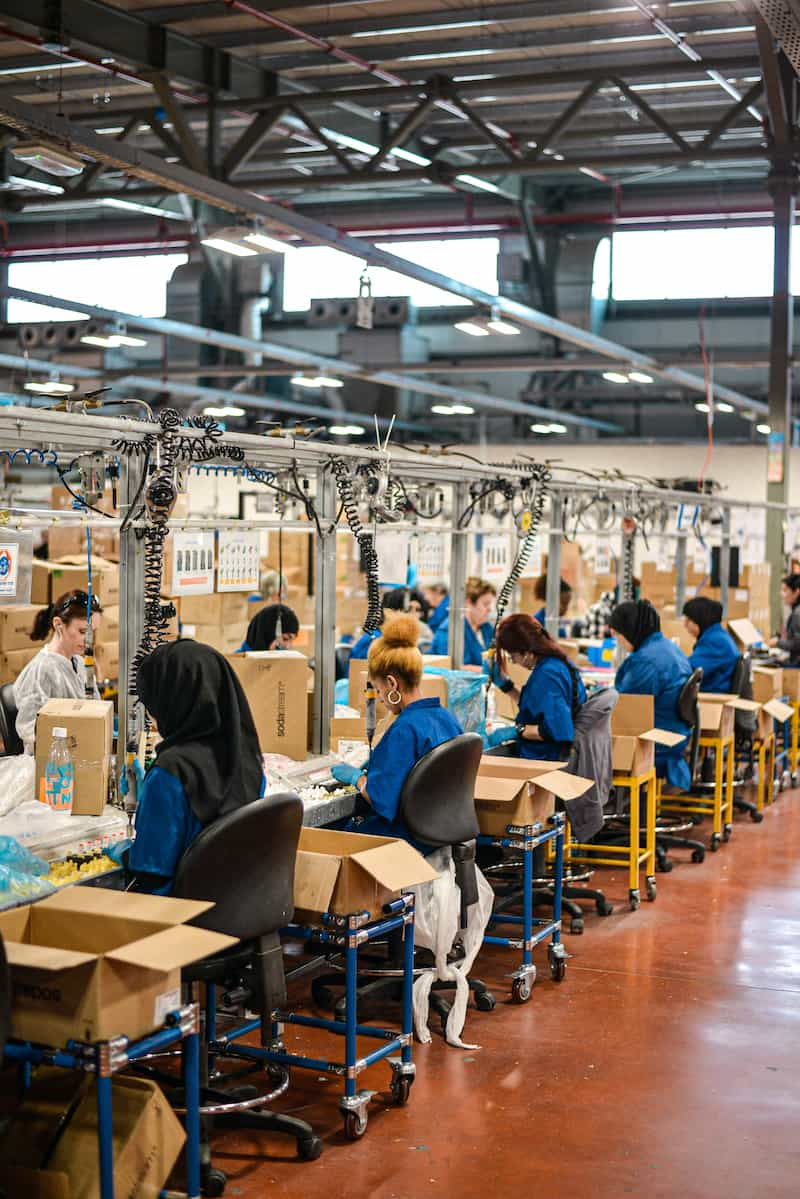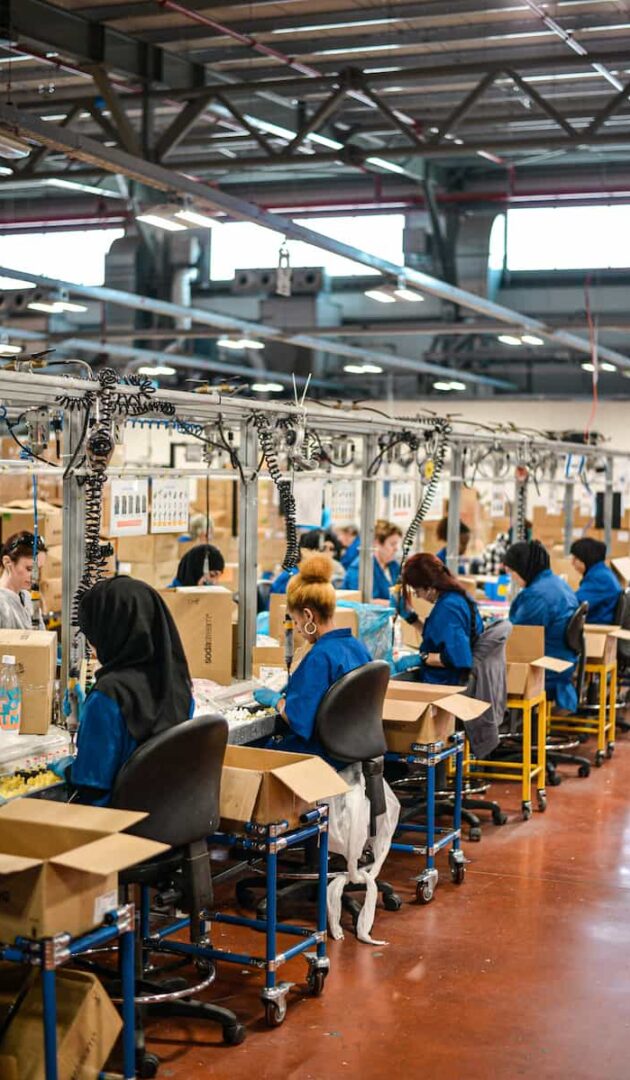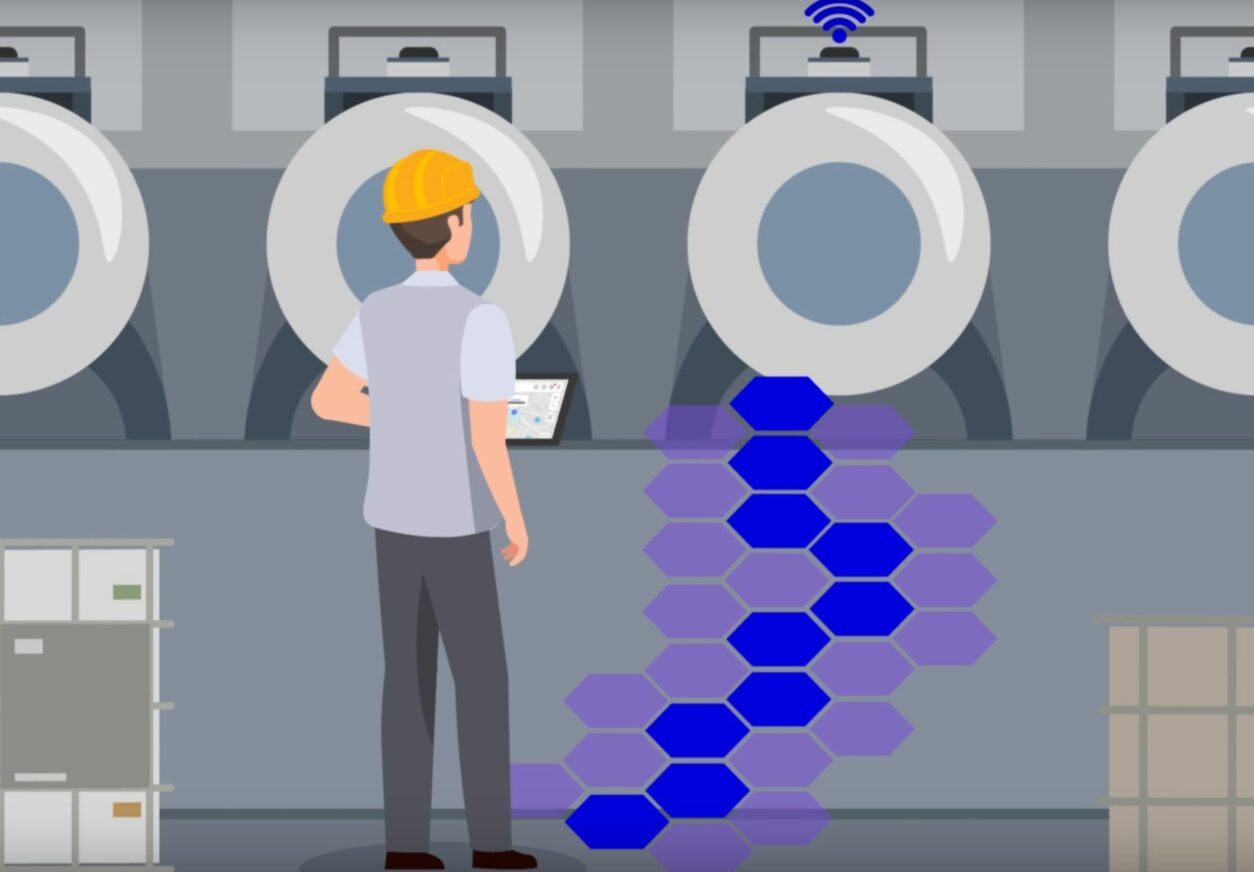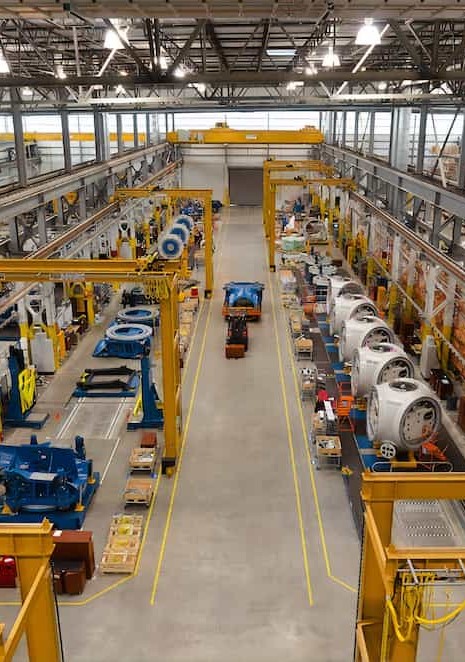What is the Theory of Constraints?
The Theory of Constraints is a Lean Manufacturing philosophy that seeks to maximise the throughput of a production process.
The theory is based on the following observation: every system is subject to a constraint that limits its performance. If this were not the case, the performance obtained would be maximum, which is impossible.
What is a constraint?
A constraint is a factor that limits the performance of a process. There are different types of constraints. These include :
- Knowledge and beliefs that can lead to inaccuracies in the perception or performance of a task.
- Company policy which may impose rules that limit company performance.
- Resources that are expensive or scarce.
- Regulations and standards that may limit a system in terms of volume or time of use.
When the constraint is a key stage in the production chain, it is called a bottleneck. This case is usually accompanied by a large amount of work in progress at the bottleneck and a particularly low throughput at the bottleneck outlet.
TOC: 5 steps to implementation
Whatever the nature of the constraint or bottleneck, the Theory of Constraints provides key steps to remove it.
1. Identify the bottleneck
The first step is to identify the constraint. The theory of constraints will seek to find the bottleneck in the system and then exploit it in such a way as to maximise the throughput of the whole system.
Identifying the constraint is relatively easy when it is an expensive or complex machine because, as we have seen, it is usually accompanied by a large amount of work in progress.
On the other hand, a non-production constraint is more complex to identify. It may take the form of an unskilled operator or an administrative queue.
2. Exploiting the bottleneck
During this stage, the aim is to maximise the throughput of the bottleneck. For example, it may be advisable to place a quality control in front of the bottleneck station to ensure that all parts passing through the bottleneck station are in order.
3. Make all processes subject to the constraint
The next step is to ensure that all other resources are aligned with the bottleneck station. To ensure this, the Drum-Buffer-Rope principle can be used.
4. Raise the capacity of the bottleneck
This step is necessary if the capacity of the constraint is not sufficient even after the improvements. It is then a matter of seeking additional resources, offloading the bottleneck to other resources if possible, or investing to improve the bottleneck capacity.
5. Identify new bottlenecks
The bottleneck will move, so it is important to regularly reassess the constraints and their impacts. In this way, we are in a continuous improvement process.
The 9 rules of the theory of constraints
In addition to these key steps, there are 9 rules in the theory of constraints that must be followed. These rules are intended to emphasise the importance of removing constraints and making full use of bottlenecks.
Without repeating them all here, these rules include :
- Balance flows, not capacities.
- Bottlenecks determine both output and stock levels.
- Establish programmes taking into account all constraints simultaneously.
These rules help to underline an essential observation in the theory of constraints: “a local improvement does not necessarily lead to a global improvement”.
Written by Emma Guignard






